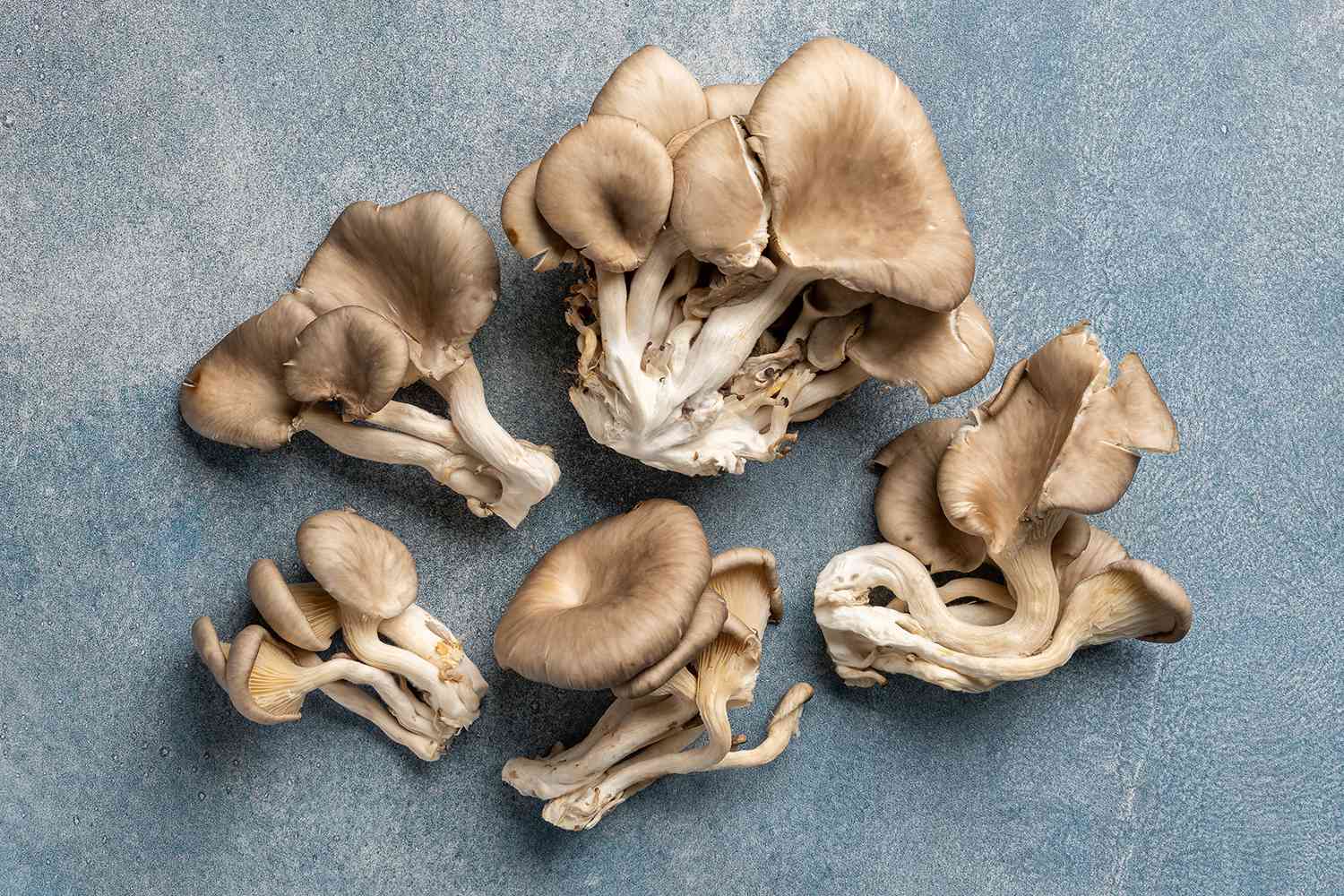

Pleurotus ostreatus Jacquin, Fries, Kummer
|
Oyster mushroom is a type of mushroom eaten as a vegetable belonging to the family Pleurotaceae. It is a good source of phenolic acids such as p-Coumaric and Ferulic acid. Oyster mushroom polysaccharides, syrup and powder shows anti-tumor and immunomodulatory activity by inducing apoptosis by DNA damage, cell cycle arrest, disruption of mitochondrial membrane, increase in NO levels and helps in maintaining CD8+ T lymphocytes levels, increase in IgG and IgA levels along with NK cells activity. Mode of Consumption : Fried or boiled |
| Plant Details | Agro-climatic Zone | Vernacular Names | Pictures |
| Scientific Name: Pleurotus ostreatus Jacquin, Fries, Kummer Family: Pleurotaceae KÜhner Class: Agaricomycetes Order: Agaricles Genus: Pleurotus Fries, Kummer Fruiting Season: All round the year Parts: Mushroom |
|
Andhra Pradesh : Oyster puttagodugu Assam : Ayster masrum Bihar : Seep mashrum Himachal Pradesh : Seep mashrum Karnataka : Oyestar mashrum Kerala : Muttucippi kun Tamil Nadu : Cippi kalan Uttar Pradesh : Seep mashrum West Bengal : Ayster masrum |
 Mushroom |
| Compound/Extract | Activity | Mode of Action | Marker/References |
| Water soluble polysaccharides of oyster mushroom | Anti-tumor | Water soluble polysaccharides of oyster mushroom induces apoptosis by DNA damage, cell cycle arrest, disruption of mitochondrial membrane and production of NO levels. | DNA damage, cell cycle arrest, nitric oxide (NO) and mitochondrial damage[4] |
| Supplementation of mushroom syrup | Immunomodulatory | Supplementation of mushroom syrup helps in CD8+ T lymphocytes level maintainence and there was a decrease in CD19+ B lymphocytes, increase in IgG and IgA levels along with NK cells. | NK cells, CD8+ T lymphocytes, CD19+ B lymphocytes, IgG and IgA[5] |
| Two capsules of mushroom powder | Immunomodulatory | Two capsules of mushroom powder increases number of NK cells and a stable phagocytic activity. | NK cells[6] |
| Water soluble polysaccharides of oyster mushroom | Anti-tumor | Water soluble polysaccharides of oyster mushroom induces apoptosis by DNA damage, cell cycle arrest, disruption of mitochondrial membrane and production of NO levels. | DNA damage, cell cycle arrest, nitric oxide (NO) and mitochondrial damage[7] |
| Major Class | Metabolites (Content of bioactives: mg/100g Fresh Weight) |
| Oxalate | Total Oxalate: 2.07mg/100g FW[1] |
| Phenolic acid | Ferulic acid: 0.3mg/100g FW, p-coumaric acid: 0.11mg/100g FW[2] |
| Effect | Observation | DOI |
| Human clinical studies | Increase in Bifidobacterium spp. and F. prausnitzii and production of butyrate | DOI: 10.1039/D0FO02581J |
| In vitro studies | Increased Lactobacillus, Bifidobacterium and Enterococcus counts | DOI: 10.1016/j.carbpol.2008.11.021 |
| Disease | Formulation | Reference | Author | TKDL |
| Information from Wealth of India | Reference |
| 4.2, 04.2.1, 04.2.1.1, 04.2.1.3, 04.2.2.3, 04.2.2.5, 04.2.2.6, 04.2.2.8 |
| CSIR-North East Institute of Science and Technology, Jorhat-6, Assam, India
CSIR-Institute of Himalayan Bioresource Technology, Palampur-61,Himachal Pradesh, India |